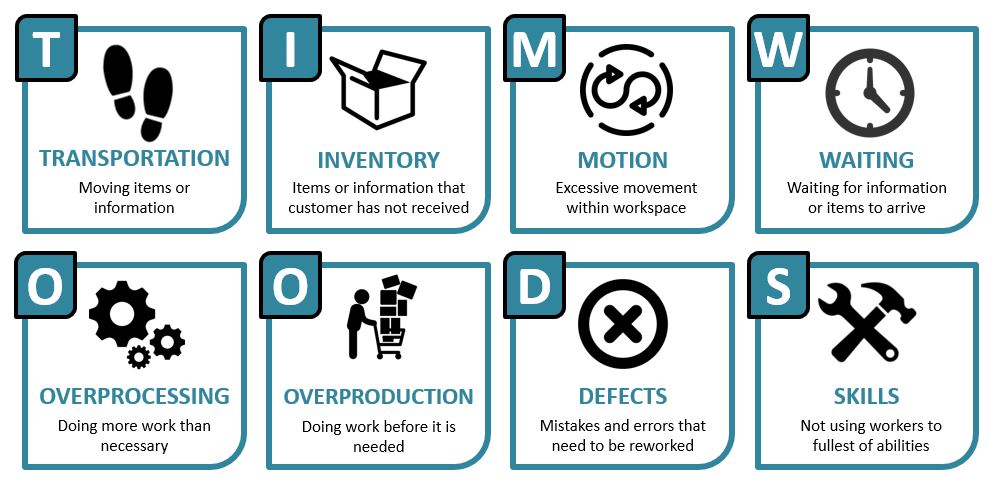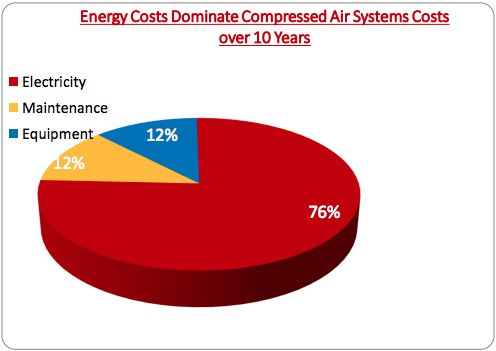A True Story!
When I started leading my company into exports in 1994, I got a rude shock that prices of truck parts made at our plant were similar to prices of parts made in Germany! Why would anyone buy from a company located in Islamabad, Pakistan at a German price?
Imtiaz Rastgar
This rude shock forced me to look at my manufacturing floor. I was wondering about my manufacturing floor. I wondered how was it that my company, which had no debts, no rent costs, e mployees costing a fraction of European labour, electricity well below European rates, with metal bought on i nte r n a t i o na I p r i c e s, wa s n o t competitive in the European market!
I spent the next few months just wandering about on my manufacturing floor, before a pattern began to emerge and I started to understand the reason for our high costs. To make a long story short, I noticed wastes in our processes and plant layout. The whole process was re-written, and this resulted in reducing our cost of production by 24% in one go!
All the learning from management courses, overseas visits, training in Japan with AOTS started to fall in place on our factory floor. Encouraged by our success, we went to implement 5-S, Lean Inventory and started paying greater attention to our supply-chain through adoption of an ERP System.
The export market started responding and in a short period of time our company became export oriented and, now exports heavy truck parts to more than forty countries include the United States, Europe, Middle East, South America, Africa and the Far East !
I want to share with the readers the simple, common-sense list of the types of waste, which need to be taken out of text books and practiced on the shop floor.
- Over Production
- To produce sooner, faster or in greater quantities than the absolute customer demand
- Manufacturing too much, too early or
“Just in Case”
- Overproduction discourages a smooth flow of goods or services
- Takes the focus away from what the customer really wants
- Leadsto excessive inventory
Caused by:
- MRP push rather than kanban pull
- Large batch sizes
- Looks better to be busy!
- Poor people utilisation
- Lack of customer focus Why one ofthe 7wastes?
- Costs money
- Consumes resource ahead of plan
• Creates inventory
- Hides inventory/defect problems
• Space utilisation
- Inventory
Any raw material, work in progress (WIP) or finished goods which are not having value added to them
Caused by:
- Production schedule not level
- Inaccurate forecasting
- Excessive downtime/set up
- Push instead of pull
- Large batching
- Unreliable suppliers
Why one ofthe 7Wastes?
• Adds cost
- Extra storage space required
- Extra resource to manage
- Hides shortages & defects
- Can become damaged
• Shelf life expires
- Motion
• Adds cost
- Motion isthe movement of “man”
- Waste motion occurs when individuals move more than is necessary for the process to be completed
Caused by:
- No standard operating procedure
- Poor housekeeping
- Badly designed cell
- Inadequate training
Why one of the 7 Wastes?
- It interrupts production flow
- Increases production time
- Can cause injury
- People or parts that wait for a work cycle to becompleted
- Where are the bottlenecks?
- What are the major causes of lost
machine availability?
- What are we doing to improve machine availability?
- Do people wait on machinery?
Caused by:
- Shortages & unreliable supply chain
- Lack of multi-skilling/flexibility
- Downtime/Breakdown
- Ineffective production planning
- Quality, design, engineering Issues
- ‘Black art’ processes Why one of the 7 Wastes?
- Stop/start production
- Poor workflow continuity
- Causes bottlenecks
- Long leadtimes
- Failed delivery dates
- Limited Space
5.Transportation
•Unnecessary movement of parts between processes
- Complex material flow paths
- Poor close coupling
- Wasted floor space
- Unnecessary material handling
- Potential damage to products
Caused by:
- Badly designed process/cell
- Poor value stream flow
- Complex material flows
- Sharing of equipment Why one of the 7 Wastes?
- Increases production time
- Itconsumes resource & floor space
- Poor communication
- Increases work in progress
- Potential damage to products
6. Over-Processing
Processing beyond the standa rd required bythe customer
By improving processing efficiency we ultimately use less resource to achieve the same customer satisfaction
Caused by
- Out of date standards
• Attitude – ‘Always done it like this’
- Not understanding the process
- Lack of innovation & improvement
- Lack of standard operation procedures Why one of the 7 Wastes?
- Itconsumes resource
- It increases production time
•I I’s wo r k a bove a n d beyo nd specification
- Can reduce life of component
7. Non-Right First Time (Scrap, Rework
•A defect is a component which the customer would deem unacceptable to passthe quality standard
•Defects reduce or discourage customer satisfaction
- Defects have to be rectified
•Rectification costs money with regard to time effort and materials
- Right first time isthe key
•Caused by
- Out of control/Incapable processes
•Lack of skill, training & on the job support
- Inaccurate design & engineering
- Machine inaccuracy
- Blackart processes
Why one ofthe 7Wastes?
• Adds costs
- It interrupts the scheduled
- It consumes resources
- Itcreates paperwork
- Reduces customer confidence
would like to share some more tips which I learnt through study and then practiced on my shop floor.
- Under Utilisation of People. This is considered the 8th waste. People are your greatest asset; get the best out of them. As far as possible, cultivate multi-tasking workforce. “Experienced” people turn out to be a stumbling block when dealing with change in your company. Create a process chart and then for each step of the process, work out the need for
- Skills,
- Tools,
- Control limits,
- Work station,
- Safety needs etc.
Then go for a younger, raw workforce and create an intensive in house training, so that each worker on each step of the process has the necessary skill for his/her work station. This is the best way of creating a sustainable human resource which you can continue to train and re-train as your process changes require.
- Review Your Process Layout : Pay attention to new technologies available, while also attending to
- Materials handling
- Distance between machines or workstations
- Getting rid of value-deletion activity.
- Use Low Cost Automation for repetitive tasks : Although labour is, for unknown reasons, deemed to be cheap in Pakistan, un-necessary people on operations which are either repetitive or only pick and place, should be made human-less(automated); use pick and place grippers, actuators etc working on pneumatic automation. This will not
only reduce labour cost, it will also reduce the number of variables and human error from your process.
- Move Up the Value Chain: Look for what more you can deliver to your customer. These are incremental or additional improvements in your process, which can improve your price bygiving the customer extra value!
Management guru W. Edwards Deming ta ug ht that by reducing wa ste companies can increase quality and simultaneously reduce costs. Regardless of the industry your company is in, you can increase profits in your company or business unit by reducing your waste.
Cut Waste Increase Profit
I n t he fa ce of eve r i nc reas i ng competition, rising costs, reducing waste and adopting the principles of Lean Manufacturing is the recipe for survival and generating the cash need fo r m o r e p r o d u c Ii v e c a p i t a I investments.
Cut Waste In Your Own Management Time
Think about the time you spend in meetings about topics over which you have no authority and little input, reading waste of time emails or solving problems that shouldn’t have occurred in the first place. Replace this activity to identify waste and eliminating it.
T h e r e i s t o o m u c h w a st e i n o rganizations. Wheth er in time, resources, talent, opportunity or any other contribution possible by people or equipment, you will find waste.
The best way to identify wastes is to ask your employees. They are the people closest to the process. They are the ones dealing with the daily frustrations of wanting to improve it. So ask them. Once in a while also invite some guests from industry to visit your plant floor and encourage them to give suggestion, which may lead to improvements in your company. The results will surprise you, pleasantly!







